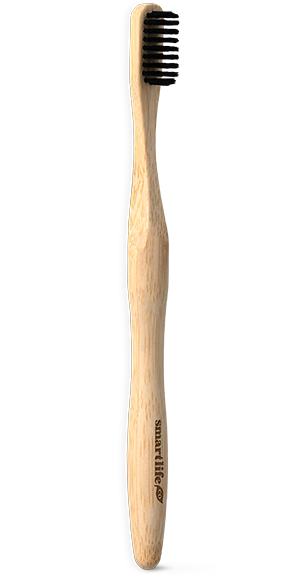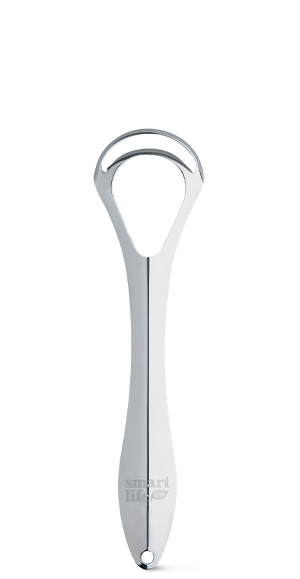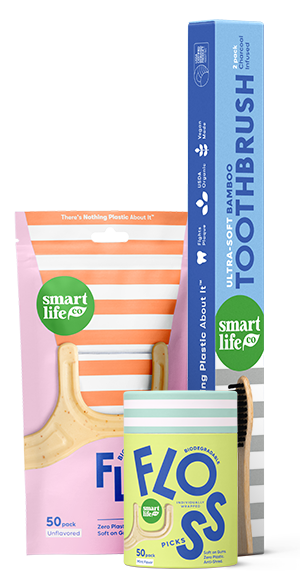A carbon footprint measures the total greenhouse gas emissions caused directly or indirectly by your actions. Even everyday habits — like brushing your teeth, showering, or making coffee — leave a mark on the planet. While these routines feel small, their cumulative impact adds up over time. By understanding the environmental cost of morning activities, you can make simple, effective changes that support a healthier planet without sacrificing comfort or hygiene.
Water Use and Hot Showers
A large portion of residential energy is used for heating water. A single 5-minute hot shower can use 10 to 25 gallons of heated water, driving up both emissions and utility bills. Accounting for warm water for shaving, face, and hand washing only increases this footprint. Small changes, like reducing shower time, switching to a low-flow showerhead, or opting for lukewarm or cool showers occasionally, can dramatically cut energy usage.
Not only do these adjustments conserve water, but they also lower your carbon emissions, especially if your home uses a gas or electric water heater. Making these habits routine can lead to meaningful reductions over time without impacting your daily cleanliness or comfort.
Impact of Toothbrushing and Flossing
Plastic toothbrushes, toothpaste tubes, and floss containers may seem minor, but they’re typically made from non-recyclable plastics that eventually end up in landfills or oceans. A single person can discard hundreds of oral care items over a lifetime.
Fortunately, low-waste options exist. Bamboo toothbrushes are always a good alternative, as are refillable or recyclable toothpaste containers and silk floss. Reusable floss picks or floss made from corn or silk reduce waste even further.
Children can also participate — look for kid-friendly flossers and brushes that make oral hygiene both fun and eco-conscious. Accessories like stainless steel or copper tongue scrapers are long-lasting and reduce the need for disposable items. By gradually switching to these lower-impact products, you minimize daily waste while maintaining excellent dental health.
Environmental Cost of Your Morning Coffee
Coffee may be a daily ritual, but its environmental impact varies widely depending on how it's prepared. Single-use pods generate considerable packaging waste, while machines with high standby energy consumption contribute to unnecessary emissions. Traditional drip machines also use more electricity than manual methods. Choosing a French press or pour-over method reduces both energy and waste.
Dairy-based creamers and milk also have a higher carbon footprint, with cow’s milk production linked to methane emissions and resource-intensive farming. Swapping to oat or almond milk cuts this impact significantly. For an even lower footprint, consider buying beans in bulk using your own container and grinding them fresh. These simple shifts help reduce emissions without compromising your morning cup.
Grooming Products and Packaging Waste
Liquid shampoos, conditioners, and body washes are typically sold in plastic bottles that contribute to global waste pollution. These containers are often not recycled due to product residue or mixed materials. Solid alternatives — like shampoo and conditioner bars — last longer, come with minimal or no packaging, and often contain fewer synthetic ingredients.
For liquid products, opt for brands offering refill stations or concentrates that reduce packaging and transport emissions. Razors, deodorants, and skincare products also come in low-waste formats — look for reusable razors, refillable deodorant containers, and bar-based skincare. By making mindful grooming choices, you can significantly lower your environmental impact while still caring for your skin and hair.
Dressing and Laundry: Getting Ready With Less Waste
Washing clothes in hot water uses five times more energy than cold water. Daily laundry habits, especially when washing half-full loads or items that aren’t dirty, waste both water and electricity. Opting for cold cycles whenever possible, line drying instead of using a dryer, and re-wearing clothing that’s still clean can slash your footprint.
Also, microplastics shed from synthetic fabrics during washing contribute to ocean pollution. Consider using a microplastic filter bag or washing ball, and choose natural fibers when updating your wardrobe. Being thoughtful about when and how you wash clothes keeps them lasting longer and supports a more sustainable morning routine.
How To Reduce Your Impact
Reducing your carbon footprint starts with eco-conscious choices. Swap plastic toothbrushes for bamboo ones, liquid shampoos for solid bars, and disposable razors for reusable versions. Wash clothes in cold water and only when needed, and choose eco-friendly brewing methods for your morning coffee. Invest in a reusable water bottle and travel mug, and buy secondhand or ethically made clothing to reduce fashion-related emissions.
Conduct a simple waste audit at home — track your trash for a week to identify frequent single-use items. If you see repeated plastic bag use, switch to reusable produce and grocery bags. Seek out local zero-waste stores or online retailers specializing in sustainable goods for more eco-friendly options. Every small change adds up to a big difference when they’re a part of your everyday life.






